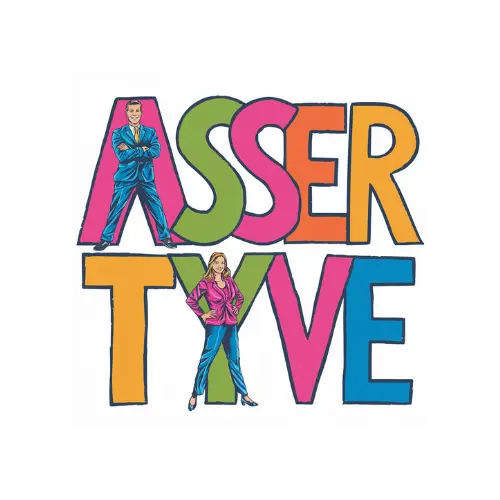Formal negotiation is a structured process of give-and-take between two or more parties with the aim of reaching a mutually beneficial agreement. It involves a series of interactions, often facilitated by a neutral third party, to resolve a conflict or reach a business deal. In this article, we will delve into the world of formal negotiation, exploring its principles, strategies, and best practices.
Understanding Formal Negotiation
Formal negotiation is a deliberate and systematic approach to conflict resolution. It involves a clear understanding of the interests, needs, and goals of each party involved. Unlike informal negotiation, which often relies on personal relationships and intuition, formal negotiation is based on a thorough analysis of the situation and a well-planned strategy.
In formal negotiation, each party prepares thoroughly, gathering information, identifying their goals, and developing a negotiation strategy. The negotiation process typically involves a series of meetings, with each party presenting their proposals, counter-proposals, and concessions. The goal is to reach a mutually acceptable agreement that satisfies the interests of all parties involved.
Key Principles of Formal Negotiation
Formal negotiation is guided by several key principles, including:
-
Separate the people from the problem: Focus on the issue at hand, rather than making personal attacks or taking things personally.
-
Focus on interests, not positions: Seek to understand the underlying needs and interests of each party, rather than their stated positions.
-
Use objective criteria: Rely on verifiable data, expert opinions, or other objective criteria to support your arguments.
-
Generate options: Explore multiple solutions and consider alternative scenarios.
-
Use time to your advantage: Take time to think, reflect, and plan your next move.
Preparing for Formal Negotiation
Preparation is key to successful formal negotiation. Before entering into a negotiation, it’s essential to:
-
Define your goals: Clearly articulate your objectives and what you hope to achieve.
-
Gather information: Research the other party, their interests, and their goals.
-
Develop a negotiation strategy: Plan your approach, including your opening offer, concessions, and walk-away point.
-
Anticipate obstacles: Identify potential roadblocks and develop contingency plans.
Building Relationships in Formal Negotiation
While formal negotiation is a structured process, building relationships with the other party is still crucial. A good relationship can help to:
-
Establish trust: Build confidence and credibility with the other party.
-
Facilitate communication: Encourage open and honest communication.
-
Create a positive atmosphere: Foster a collaborative and constructive environment.
Strategies for Formal Negotiation
Formal negotiation involves a range of strategies, including:
-
Distributive bargaining: Focus on dividing a fixed pie, with each party seeking to maximize their share.
-
Integrative bargaining: Seek to create value by finding mutually beneficial solutions.
-
Principled negotiation: Focus on fair and objective criteria, rather than relying on power or pressure.
Managing Conflict in Formal Negotiation
Conflict is an inevitable part of formal negotiation. To manage conflict effectively:
-
Stay calm and composed: Keep your emotions in check and avoid reacting impulsively.
-
Listen actively: Pay attention to the other party’s concerns and respond thoughtfully.
-
Seek common ground: Look for areas of agreement and try to find creative solutions.
Best Practices for Formal Negotiation
To achieve success in formal negotiation, follow these best practices:
-
Be transparent and honest: Share information openly and truthfully.
-
Be respectful and empathetic: Treat the other party with respect and understanding.
-
Be flexible and adaptable: Be willing to adjust your position and consider alternative solutions.
Conclusion
Formal negotiation is a powerful tool for resolving conflicts and reaching mutually beneficial agreements. By understanding the principles, strategies, and best practices of formal negotiation, you can improve your negotiation skills and achieve better outcomes. Remember to prepare thoroughly, build relationships, and manage conflict effectively to achieve success in formal negotiation.
FAQ
What is the goal of formal negotiation?
The goal of formal negotiation is to reach a mutually beneficial agreement that satisfies the interests of all parties involved.
What are the key principles of formal negotiation?
The key principles of formal negotiation include separating the people from the problem, focusing on interests rather than positions, using objective criteria, generating options, and using time to your advantage.
How do I prepare for formal negotiation?
To prepare for formal negotiation, define your goals, gather information, develop a negotiation strategy, and anticipate obstacles.
What is the difference between distributive and integrative bargaining?
Distributive bargaining involves dividing a fixed pie, while integrative bargaining seeks to create value by finding mutually beneficial solutions.







Leave a Reply